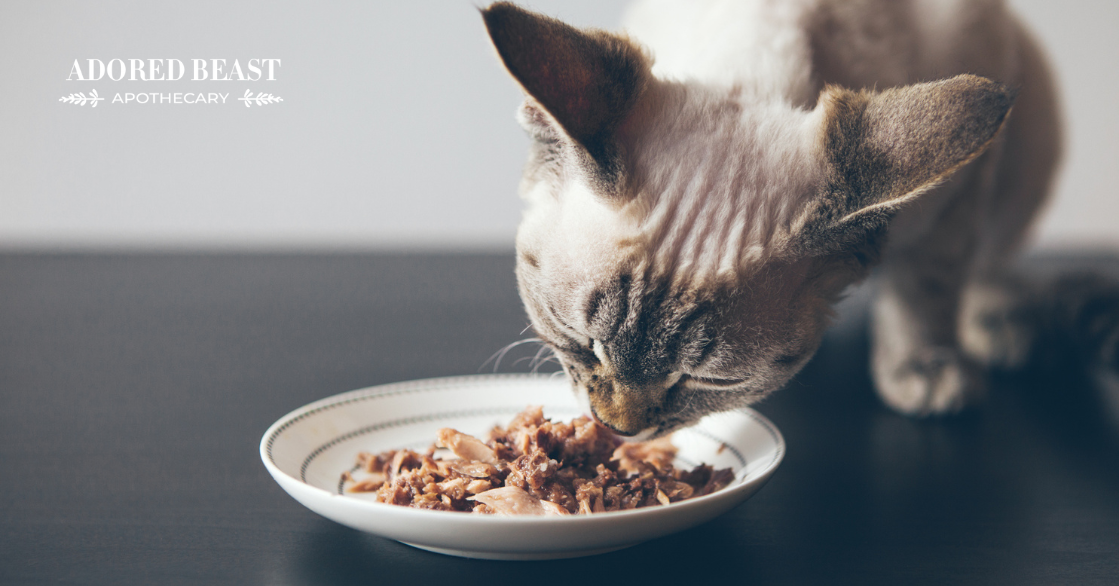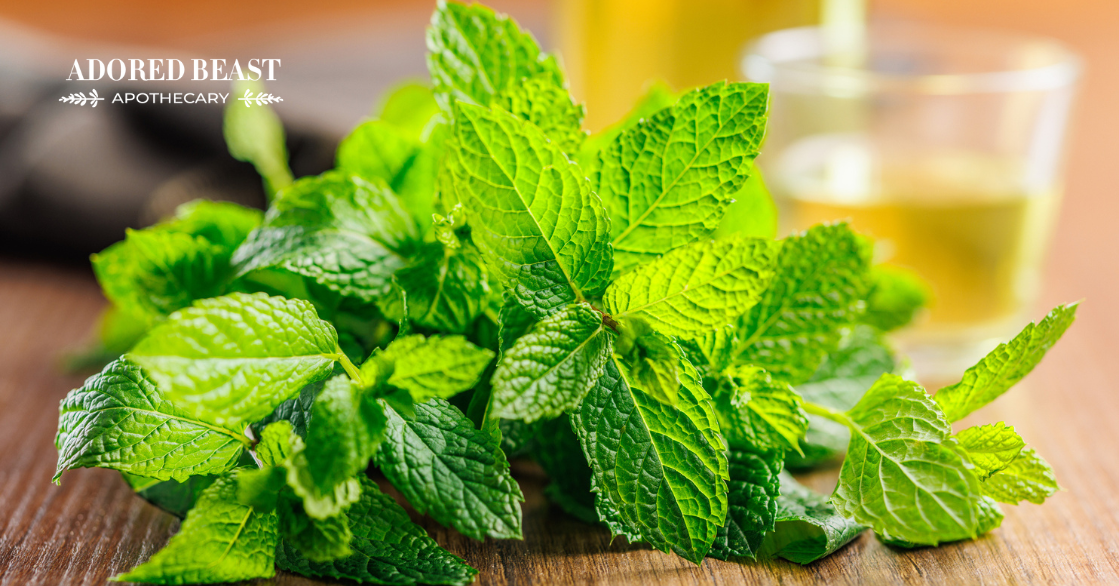Oh, our picky little kitties.
Most cat parents know that cats can be finicky when it comes to any type of change in their life. Compared to most dogs, cats can be stubborn and super selective. They’ll turn their little noses up just to spite us (not really to spite us, but sometimes it can feel like that!!).
So, it makes sense that transitioning a cat to wet or raw food from dry kibble can seem like a huge challenge.
But if you’re considering making the change, it’s for good reason. And we want to support you in that decision. So today, we’re talking about how to switch cat food safely and easily!
Why Move Away from Dry Food
If there’s one thing we can say about cat food in general, it’s that we are not fans of dry food for cats.
This is for a variety of different reasons, most of which revolve around the fact that dry food is, well, dry! And moisture-depleted diets are a huge detriment to your cat’s overall health.
For one thing (and it’s a big thing), cats have a low thirst drive, meaning they don’t feel thirsty until they are well on their way to being severely dehydrated. And, the act of drinking water to stay hydrated vs. eating moist food are not equivalent. In fact, research shows that cats cannot properly hydrate themselves when given dry food and fresh water to drink. It also shows that there is a lower incidence of urinary crystals and stones in cats fed high-moisture diets vs. dry food diets.
The chronic long-term dehydration that comes from eating a dry diet puts your cat at risk for the development of chronic kidney disease which is all too common among aging cats. Moisture-depleted diets are also at a much higher risk for urinary tract and bladder issues, because dry diets just don’t contain the level of moisture required to keep the urinary system healthy.
Additionally, cats are obligate carnivores. This means they are highly specialized meat eaters who have evolved genetically to eat a prey-based diet. Your cat needs to eat primarily a lean protein-based diet. Cats require high dietary protein levels because they use protein rather than carbohydrates as their primary energy source. Most dry foods contain far more than just meat. So the research is clear; lean protein-based, moisture-rich diets reign supreme for our feline friends!
**NOTE: As always, if you’ve noticed that your cat is not eating – either before you start the transition, or during, regardless of the tools you employ to encourage it – specifically if not eating is unusual for your cat, please reach out to your trusted veterinarian. Sometimes, when a cat stops eating, it can be a sign of something else brewing under the surface. Always trust your gut.
How to Switch Cat Food
Ok, so we know dry food is not ideal. Now, let’s look at the best way to switch cat food and all the things you need to consider along the journey.
Tip #1: Don’t take an all or nothing approach.
You can’t play hardball with your kitty. Never just take away the kibble and only offer the new food, thinking that once they get hungry enough they will eat. Diving head-first into this can be dangerous. Cats will honestly stop eating all together if they don’t want the new food, and can go into shock, which can be fatal.
Tip #2: Patience is crucial.
For most cats, this change will not happen overnight. In fact, it can take anywhere from a few days to a few months, depending on how picky your feline friend is!! Don’t get discouraged. You want to give your cat plenty of time to get used to the change. You never want them to turn their nose up at the bowl and stop eating!!
The length of time it will take to switch completely will depend on a few things:
- How picky your cat is
- If they have a sensitive stomach or health issues that make the process slower
- Your cat’s age (the older the cat, the pickier they may be)
- The quality of the food they are currently eating
Go slowly. Every day, or every few days, replace a little bit of your cat’s usual food with the new food. Let them get used to it, then replace a little more. Eventually, you will have replaced all of the old food with the new. Again, slow and steady wins the race.
Tip #3: Bribery is your friend.
And we mean this in the best way possible. Some cats, even with the teensiest amount of food switched out, will go on a hunger strike. So use whatever treats you have up your sleeve to entice them. If you know there’s something they love, love, love, use it to your advantage. Bone broth (no onions!) can be a great encouragement as a topper. So can raw goat’s milk.
Tip #4: Do not free-feed.
This is especially true if you’re still feeding some kibble. If your cats have the option to pick at their food, even just to eat the dry, they’ll usually take it. If your cat is hungry when you put the food down because they haven’t been grazing all day, they’ll be more likely to eat. Put yourself in their shoes – if you’ve been snacking all day, how hungry are you really going to be at dinnertime?
Instead, get into a routine of feeding within a certain range, and perhaps rather than 24/7 free feeding, feed a small amount 3 times a day. If your cat doesn’t finish the bowl in a reasonable amount of time, put it away. You can then put it back down a few hours later.
Also, cats are prey animals. The whole process of finding food is part of their instinct. If the food is always just there, you’re suppressing that natural instinct! It goes against natural feline behaviour. Cats in the wild don’t have access to lovely overflowing bowls of food. They hunt and eat what they can catch. At home, seeking the food is predictable and doesn’t account for time or effort. And when it’s always on offer it gives cats little more to do than eat. And that goes against natural prey drive and the desire to hunt.
Knowing that our cats can be vicious hunters and scavengers, we can encourage this prey instinct, and thus encourage their interest in a new food. You can do this by engaging your cat in play before dinner, use toys the can chase and tackle, etc. The act of the hunt is a critical component of the entire feeding process. The more that you can mimic this at home at mealtime, the better the experience can be for both of you. It also helps build that bond between you and your beloved little beast.
Tip #5: Try and try again.
If your cat just outright refuses to eat the new food, even with a bit of bribery, maybe that brand or flavour just isn’t right for them. Try a different brand, or try a different flavour.
Texture and temperature can also be something to consider while navigating this transition. Some cats are particular about pâté, slices, chunks, etc. Others may be more particular about the temperature of the food. Try allowing the food to get to room temperature, or even slightly warmer (no microwave please), to see if that peaks their interest. This helps open up the scent channels, making it easier for your kitty to smell the meat!
Changing the bowl might also make a difference. Cats’ whiskers are super, super sensitive, and if their whiskers touch the side of the bowl while eating, this can turn them right off! Try feeding from a flat plate instead of a bowl.
Keep a list going of what they like and don’t like. Include flavours and brands as well as textures. Then you can keep going back to it.
Rotation is important in any animal’s diet – so once you’ve made the transition, keep this in mind. It’s in no way natural for a cat to consume the same food day in and day out. They wouldn’t in the wild, and they shouldn’t in your house either. Plus, it’s also just plain boring!! Would you want to eat the same thing every day? No! Rotation provides another element of mental stimulation, which is crucial for overall health and wellness, not to mention the part it plays in widening the nutritional profile!
Most cats will eventually move to wet or raw food (some will with no trouble at all), so again, be patient, and try. (Research even supports this… Every cat in this study chose the high-protein food over the high-carb food when given the option.)
Determining how to switch cat food so your feline family member doesn’t all out strike can be tough, but in the long run it’s so much better for their health. Stay committed, and be patient. Eventually they’ll empty the bowl – and be so much healthier and happier as a result!












